Portal: pintura
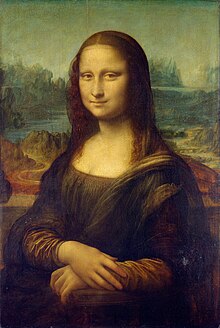
Content
 Portal maintenance status: (September 2018)This portal has a single page layout. It is possible that any subpages may no longer be needed.Please take care when editing, especially if using automated editing software. Learn how to update the maintenance information here.
Portal maintenance status: (September 2018)This portal has a single page layout. It is possible that any subpages may no longer be needed.Please take care when editing, especially if using automated editing software. Learn how to update the maintenance information here.O portal de pintura

A pintura é a prática de aplicar tinta, pigmento, cor ou outro meio a uma superfície sólida (chamada de "matriz" ou "suporte"). O meio é comumente aplicado à base com um pincel, mas outros implementos, como facas, esponjas e aerógrafos, podem ser usados.
Na arte, o termo pintura descreve o ato e o resultado da ação (o trabalho final é chamado de "uma pintura"). O suporte para pinturas inclui superfícies como paredes, papel, lona, madeira, vidro, laca, cerâmica, folha, cobre e concreto e a pintura podem incorporar vários outros materiais, incluindo areia, argila, papel, gesso, folha de ouro e até objetos inteiros.
A pintura é uma forma importante nas artes visuais, trazendo elementos como desenho, composição, gesto (como na pintura gestual), narração (como na arte narrativa) e abstração (como na arte abstrata). As pinturas podem ser naturalistas e representacionais (como na natureza morta e na pintura de paisagem), fotográfica, abstrata, narrativa, simbolística (como na arte simbolista), emotiva (como no expressionismo) ou na natureza política (como no artivismo).
Uma parte da história da pintura na arte oriental e ocidental é dominada pela arte religiosa. Exemplos desse tipo de pintura variam de obras de arte que representam figuras mitológicas sobre cerâmica, cenas bíblicas no teto da capela sistina, a cenas da vida de Buda (ou outras imagens de origem religiosa oriental). (Artigo completo ...)
Artigos gerais selecionados


















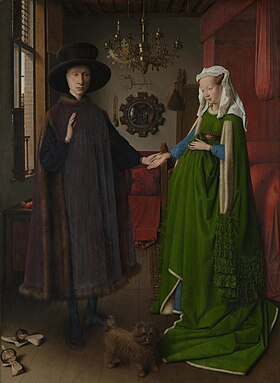


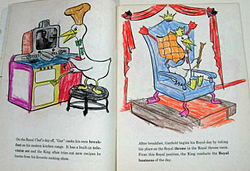
















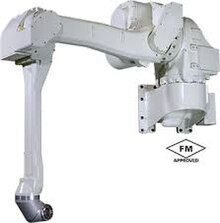




Técnicas de pintura selecionadas












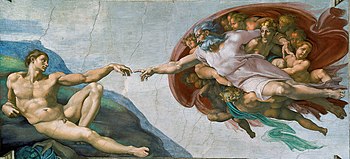



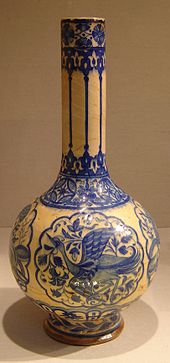









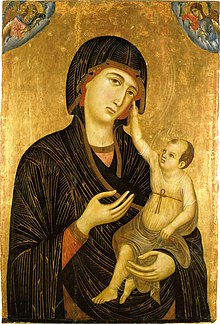






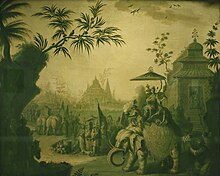

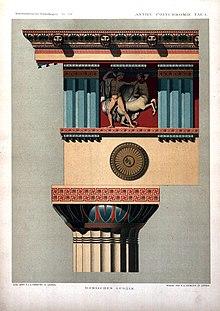





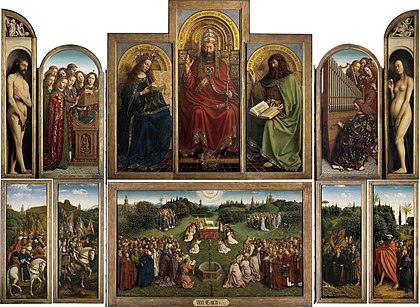
Preciso de ajuda?
Você tem uma pergunta sobre a pintura para a qual não consegue encontrar a resposta?
Considere perguntar no balcão de referência da Wikipedia.
Se envolver
Para recursos do editor e colaborar com outros editores sobre a melhoria dos artigos relacionados à pintura da Wikipedia, consulte a pintura do Wikiproject.
Imagens gerais

Imagem 1young Mother Costing, Mary Cassatt (da história da pintura)

Imagem 2Brice Marden, 1966/1986, Pintura monocromática (da história da pintura)

Imagem 3Grant Wood, 1930, Realismo social (da história da pintura)

Imagem 4diego Rivera, Recreação do homem na encruzilhada (renomeado homem, controlador do universo), criado originalmente em 1934, movimento do muralismo mexicano (da história da pintura)

Imagem 5land, Pintura Rock, Drakensberg, África do Sul (da História da Pintura)

Imagem 6a Chinês Jar Painteado da Era Western Han (202 aC - 9 dC) (da história da pintura)

Imagem 7Max Ernst, 1920, Surrealismo precoce (da história da pintura)

Imagem 8Female Painter sentado em um acampamento e pintando uma estátua de Dionísio ou Priapus em um painel que é mantido por um menino. Fresco de Pompéia, século I.

Imagem 9yun bing, álbum Leaf (século XVII), tinta e cor no papel (da pintura)

Imagem 10O Sakyamuni Buda, de Zhang Shengwen, 1173-1176 dC, período da dinastia Song. (da história da pintura)

Imagem 11krishna e Radha, podem ser o trabalho de Nihâl Chand, Mestre da Escola de Pintura de Rajput Kishangarh (da pintura)

Imagem 12 Maurice Quentin de la Tour, Retrato de Luís XV da França (1748), pastel (da pintura)

Imagem 13qianlong Imperador praticando caligrafia, meados do século XVIII. (da história da pintura)

Imagem 14Rembrandt Van Rijn, The Jewish Bride, CA. 1665–1669 (da história da pintura)

Imagem 15muromachi Período, Shingei (1431-1485), vendo uma cachoeira, Museu Nezu, Tóquio. (da história da pintura)

Imagem 16 Lubang Jeriji Saléh Cave, em Kalimantan, Indonésia, contém uma das pinturas figurativas mais antigas conhecidas, uma representação de um touro de 40.000 anos. (da história da pintura)

Imagem 17nino Pisano, Apelles ou a arte da pintura em detalhes (1334-1336); alívio da torre sineira do giotto em Florença, Itália

Imagem 18Francisco de Zurbarán, Still Life with Pottery Ganks (Espanhol: Bodegón de Recepultores) (1636), óleo sobre tela, 46 x 84 cm, Museo del Prado, Madri (da pintura)

Imagem 19tetkere Cave tem mais de 44.000 anos, Maros, South Sulawesi, Indonésia (da história da pintura)

Imagem 20claude Monet 1872 Impressão, Sunrise inspirou o nome do movimento (da pintura)

Imagem 21wayang beber, século XVII (da história da pintura)

Imagem 22Piet Mondrian, "Composição No. 10" 1939-1942, de Stijl (da História da Pintura)

Imagem 23An Etiópia iluminada Evangelista Retrato de Mark the Evangelist, dos Etíopes Garima Evangelhos, século VI dC, Reino de Aksum (da História da Pintura)

Imagem 24an A representação artística de um grupo de rinocerontes foi feita na caverna de Chauvet de 30.000 a 32.000 anos atrás. (da pintura)

Imagem 25MoTher deusa Uma pintura em miniatura do estilo Pahari, datada do século XVIII. As miniaturas de Pahari e Rajput compartilham muitos recursos comuns. (da história da pintura)

Imagem 26Piet Mondrian, composição en Rouge, Jaune, Bleu et Noir (1921), Gemeentemuseum den haag (da pintura)

Imagem 27Max Beckmann, The Night (Die Nacht), 1918–1919, Kunstsammlung Nordrhein-Westfalen, Düsseldorf (da história da pintura)

Imagem 28The Milkmaid de Johannes Vermeer, c. 1657 (da história da pintura)

Imagem 29Sesshū Tōyō, paisagens das quatro estações (1486), tinta e cor clara no papel (da pintura)

Imagem 30liang kai, bêbado Celestial (século XII), tinta em papel Xuan (da pintura)

Imagem 31A pintura figurativa mais antiga conhecida é uma representação de um touro que foi descoberto na caverna de Lubang Jeriji Saléh, na Indonésia. Foi pintado de 40.000 - 52.000 anos atrás ou antes. (da pintura)

Imagem 32 White Angel (Fresco), Mosteiro Mileševa, Sérvia (da pintura)

Imagem 33georges Seurat, Circus Sideshow (francês: Parade de Cirque) (1887-88)

Imagem 34Pierre Bonnard, 1913, Pintura narrativa modernista européia (da história da pintura)

Imagem 35Baptismo de Cristo em uma pintura nubiana medieval de Old Dongola (da história da pintura)

Imagem 36lascaux, touros e cavalos (da história da pintura)

Imagem 3






